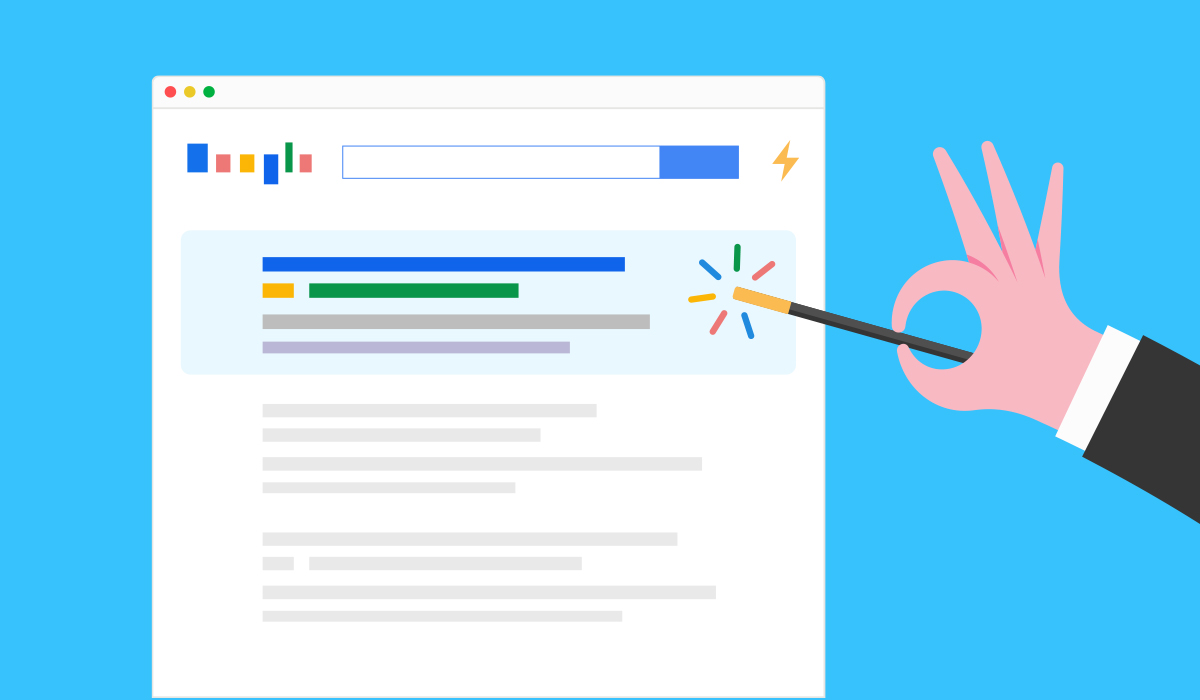After selecting the right keywords for your Search Engine Optimization (SEO) campaign, the next step is to optimize your website. In this tutorial, we’ll teach you how to make low-effort improvements that can have a big impact on website performance.
Optimizing your website simply means improving the way your website works to meet a specific objective. You can optimize your website for search engines, page speed, mobile devices, or conversions.
In this tutorial, we’ll focus on two objectives: optimizing for search engines and optimizing for conversions. This way your SEO campaign can produce two very important results:
- More website users from search engines
- A higher conversion rate for all website users
Tools You’ll Need:
|
How to Begin Optimizing Your Website:
Establish Website Goals
Before optimizing your website, we need to know what we’re optimizing for. Write down the most valuable actions that someone can do on your website. These actions are also called ‘conversions.’ The percentage of users that complete these desired actions is your conversion rate.
Here are some common website conversions:
- Order Online
- Make a Reservation
- Click to Call
- Get Directions
- Form Submission
- Sign up for the Newsletter
- PDF Download (i.e. a Menu, Specification Sheet or Whitepaper)
- Click to Email
Sitemap Review
Now that we’ve established our website goals, let’s review all the pages on our website. Do you have a dedicated page for each of your website goals? For example, if a restaurant offers both Online Ordering and Reservations, we should have a dedicated page for each of these (with different text, imagery, and website goals for each page).
You may also have other buttons throughout the website that link to “Order Online” or “Make a Reservation” which help boost and repeat these dedicated website goal pages. The repetitive nature of these links will help website users when browsing the website, as people tend to use websites differently than one another.
Copywriting for Search Engines
There are three major areas to focus on when optimizing website copy for search engines. The goal is to feature your target keywords in these areas as frequently as possible, while still drafting text that makes sense and is on-brand. You’ll need to write unique text for each page on your website for these areas:
- Page Title & Meta Description
Page Titles and Meta Descriptions are short pieces of HTML code found in every web page on your website, they do not appear physically on the page. Page Titles should be 50–60 characters in length and Meta Descriptions should be 120–160 characters in length.
- Page Heading (or “h1”)
The page heading is the bold title at the top of every web page. For example, many websites have an “About Us” page; it’s better for search engines (and humans) if the heading on this page says something more descriptive than just “About Us.” Get creative and see if you can write a new heading that uses one of your target keywords.
- Body Content
The body content on each web page is the most obvious area where you can use target keywords in normal sentences. Remember, the words you use on your website are the words that search engines will scan and associate with your website. If you want to rank for specific keywords, you need to include these words in the text on your website. An easy way to organize this optimization is to choose one word per page to focus on.
Pro Tip: Don’t forget that humans read this text! Make sure to use your target keywords in normal language so that the text is attractive to both humans and search engines.
Location Information
Ask yourself, “What’s the most common reason that someone is visiting your website?” Is it to see if you’re open? Get directions? Or call your business? While photography and other creative elements can make the website look attractive, these elements should not disguise the most common information that users are looking for. Make sure your business name, address, phone number, and operating hours are located near the top of your landing page and are easy for users to find.
Tracking Performance
Be sure to install Google Analytics on your website so you can track how website visitors found you and what they’re doing on your site. If you’re migrating to a new website, you will want to migrate your existing Google Analytics property to the new website so you can compare the performance before and after migration.
The Website Goals (or conversions) that we established in Step 1 can also be configured in Google Analytics so that you can track and measure these actions over time. We won’t be going into detail in this tutorial on how to set up these goals, but if you’d like more information you can click here to learn how to create, edit, and share goals in Google Analytics.
| How Will You Know if it’s Working?
Here are some test criteria you can use to check if your website optimization work was done correctly.
|

